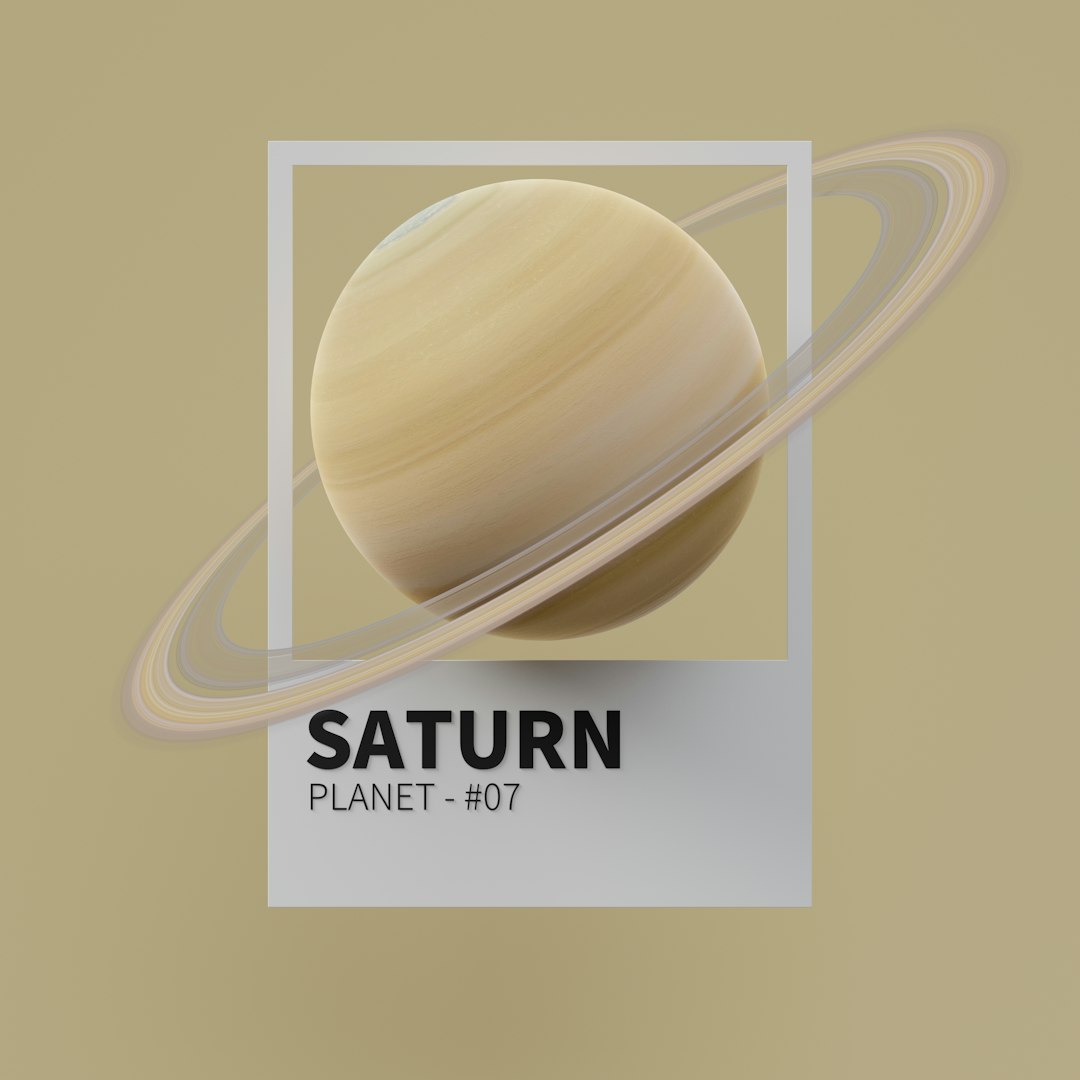A Celestial Sandwich That’s Hard to Ignore (Image Credits: Unsplash)
Imagine glancing up at the deepening evening sky, where a bright lunar glow frames two distant worlds in a rare lineup that makes the cosmos feel a little closer.
A Celestial Sandwich That’s Hard to Ignore
Picture this: on November 2, 2025, Neptune slips right between Saturn and the Moon, creating one of those sky moments that stops you in your tracks. It’s not every day you get such a clear pointer to a planet that’s usually tough to spot without help. This alignment turns the night into a treasure hunt, with the Moon acting like a beacon and Saturn’s steady shine drawing your eye.
Neptune, the outermost planet in our solar system, often plays hide-and-seek because it’s so faint. Yet here, it’s practically waving hello. Astronomers love these events because they make the invisible visible, reminding us how dynamic the sky really is.
Daylight saving time just wrapped up the night before, so evenings feel a tad longer. That extra hour could be your perfect window to step outside and join the show.
When and Where to Look Up
Head out after sunset on Sunday, November 2, when the sky darkens enough for these gems to pop. The Moon will be in its waxing gibbous phase, about three-quarters full, hanging high in the constellation Pisces. Saturn sits nearby to the east of the Moon, glowing with a yellowish tint, while Neptune lurks closer to the lunar side, a bit dimmer but unmistakable in this setup.
From most locations in the Northern Hemisphere, this trio rises in the southeast around dusk. By midnight, they’ll be higher up, away from city lights if you can find a darker spot. Southern viewers might need to wait a little longer as the sky rotates.
Clear skies are key, so check your local forecast. Even a partly cloudy night could offer peeks through the gaps.
Simple Steps to Track Down Neptune
Finding Neptune solo can feel like searching for a needle in a cosmic haystack, but this event simplifies it big time. Start by locating the Moon – it’s the easiest landmark up there. Then scan eastward to Saturn, which stands out with its steady, golden light.
Neptune will appear as a bluish dot between them, about 2 degrees from the Moon’s edge. Use binoculars for a sharper view; no fancy telescope needed unless you want to zoom in on Saturn’s rings.
- Wait until twilight fades, around 7 p.m. local time.
- Face southeast and let your eyes adjust to the dark.
- Draw an imaginary line from the Moon through to Saturn – Neptune’s roughly in the middle.
- Steady your gaze or use a star app like Stellarium for exact positions.
- Give it 10-15 minutes; patience pays off in stargazing.
Why Neptune Deserves Your Attention Tonight
Neptune’s a deep-space heavyweight, orbiting 30 times farther from the Sun than Earth does. Discovered in 1846 through math alone, it’s the only planet found that way – no telescope spotting required at first. Its icy, windy world holds mysteries like diamond rain and supersonic gales.
This close encounter highlights how planets wander against the stars. Saturn, with its iconic rings tilting just right this year, adds drama. Together, they showcase the solar system’s vast scale in a bite-sized sky view.
Events like this aren’t forever; Neptune moves slowly, so alignments shift over years. Catch it now to appreciate the subtle beauty of our neighborhood.
Tie It into November’s Bigger Sky Party
November 2025 packs more than just this trio. The Super Hunter’s Moon lights up on the 5th, the brightest of the year and a supermoon to boot. Keep an eye on Jupiter rising late evening and Venus dazzling in the morning sky.
Mercury and Mars dip low in the west early month, but they’ll fade fast. For Neptune fans, this is prime time before it blends back into the background. The month’s meteor showers, like the Taurids, could streak by too, adding fireworks to your watch.
It’s a reminder that the sky’s always changing. One event leads to the next, pulling you deeper into the wonder.
Gear and Tips for the Best Experience
You don’t need pro equipment to enjoy this. A pair of steady binoculars magnifies Neptune’s subtle blue hue and Saturn’s rings beautifully. Dress warm – November nights chill quick – and pick a spot far from streetlights.
Apps help pinpoint locations, but try going old-school first to build your sky sense. Share the view with friends; it’s more fun explaining the lineup as you spot it together.
If clouds roll in, no sweat. The alignment lingers into early November mornings, giving second chances.
Key Takeaways
- This Neptune-Saturn-Moon setup makes spotting the faint planet a breeze – perfect for beginners.
- Look southeast after sunset on November 2 for the best view in Pisces.
- November’s full of extras, from supermoons to meteors, so keep watching.
As the night wraps up, take a moment to soak in how these distant dots connect us to the universe’s grand story. It’s moments like this that make staring at the stars feel personal. What catches your eye in the sky this month? Drop your thoughts in the comments.




